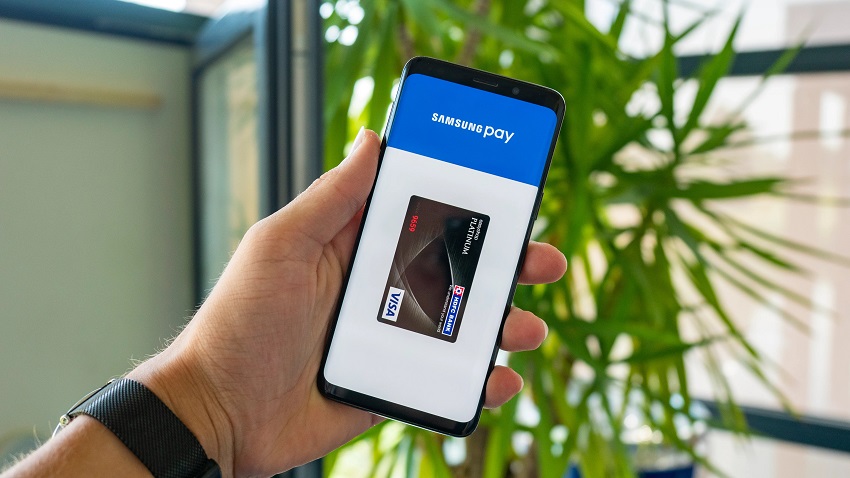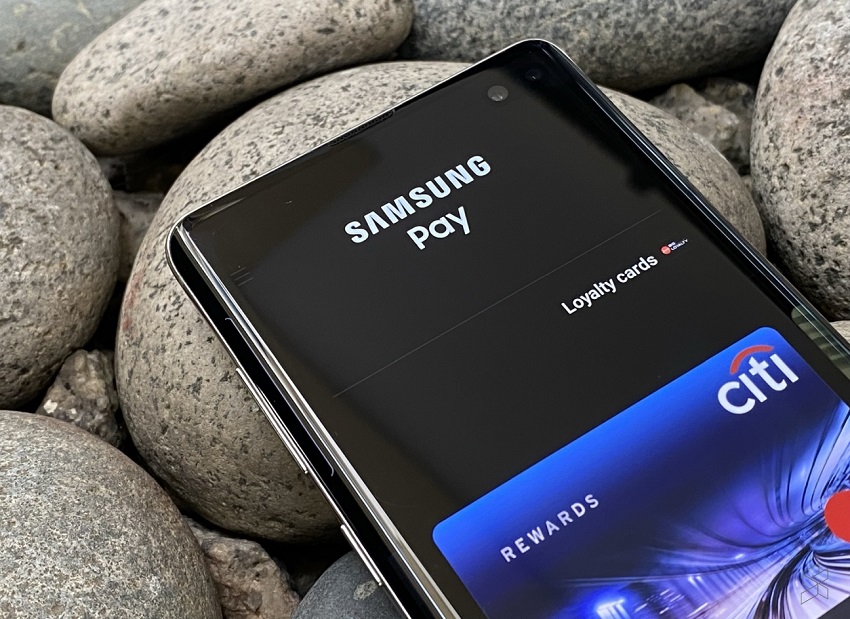
In today’s digital age, convenience and efficiency are paramount. With the rise of smartphones, mobile payment systems have become increasingly popular, offering users a seamless and secure way to make purchases. One such system is Samsung Pay, developed by the tech giant Samsung. In this article, we will delve into the question of whether you need the Samsung Pay framework and explore its features, benefits, and potential drawbacks.
Understanding Samsung Pay
Samsung Pay is a mobile payment and digital wallet service that allows users to make contactless payments using their Samsung devices. Compatible with a wide range of Samsung smartphones, wearables, and tablets, Samsung Pay utilizes Near Field Communication (NFC) technology and Magnetic Secure Transmission (MST) to enable transactions. This combination sets Samsung Pay apart from other mobile payment solutions, as it works with NFC-enabled payment terminals and traditional magnetic stripe readers. Discover is mde service framework spyware.
The Advantages of Samsung Pay
- Wide Compatibility: Samsung Pay’s broad compatibility with both NFC and MST technologies makes it a versatile solution that can be used in various retail environments. Whether you encounter a modern contactless payment terminal or an older magnetic stripe reader, Samsung Pay covers you.
- Enhanced Security: Samsung Pay incorporates several layers of security to protect users’ sensitive information. It employs tokenization, which replaces actual credit or debit card numbers with unique tokens, ensuring that your financial details are not exposed during transactions. Additionally, biometric authentication methods such as fingerprint or iris scanning add an extra layer of protection.
- Convenience and Simplicity: With Samsung Pay, you can leave your physical wallet at home and pay effortlessly using your Samsung device. The user-friendly interface and intuitive setup process make it easy for anyone to use the service quickly. Additionally, the ability to store loyalty cards, gift cards, and membership cards digitally further streamlines your payment experience.
- Rewards and Promotions: Samsung Pay allows users to earn rewards and take advantage of exclusive promotions. Using the app for transactions, you can collect points redeemed for discounts, gift cards, or other enticing offers. This added benefit enhances the overall value proposition of Samsung Pay.
Exploring Potential Limitations
While Samsung Pay provides numerous advantages, it is essential to consider some potential limitations before fully embracing the framework.
- Device Compatibility: Although Samsung Pay is compatible with a wide range of Samsung devices, it may not be available on older or lower-end models. Therefore, verifying whether your specific device supports Samsung Pay before relying on it as your primary mobile payment method is crucial.
- Merchant Acceptance: While Samsung Pay works with a significant number of payment terminals, some merchants may not support NFC or MST technology. Although this is becoming less common as contactless payments gain popularity, checking if your preferred stores accept Samsung Pay is still advisable.
- Regional Availability: Samsung Pay’s availability varies by country and region. Before relying on Samsung Pay, it is important to verify whether it is accessible and widely accepted in your area of residence or the regions you frequently visit.
- Competing Payment Solutions: The mobile payment landscape is competitive, with various alternatives to Samsung Pay available. It is worth considering other options such as Apple Pay or Google Pay and comparing their features and compatibility with your devices and preferred merchants.
Is Samsung Pay Right for You?
Whether Samsung Pay is the right choice depends on your specific needs, preferences, and circumstances. Here are some factors to consider:
- Device Compatibility: If you own a compatible Samsung device, Samsung Pay offers a convenient and versatile payment solution. Its ability to work with various payment terminals gives you greater flexibility during transactions.
- Security Concerns: If you prioritize enhanced security features, Samsung Pay’s tokenization and biometric authentication methods can provide peace of mind while making mobile payments.
- Convenience and Rewards: For those seeking a seamless payment experience and the opportunity to earn rewards or take advantage of exclusive promotions, Samsung Pay offers a compelling proposition.
- Regional Considerations: Before fully adopting Samsung Pay, ensure it is available and widely accepted in your region, as this will determine its usefulness as a primary payment method.
Ultimately, the decision to utilize the Samsung Pay framework rests with you. Assess your requirements, evaluate the advantages and limitations, and make an informed choice based on what aligns best with your needs and preferences.
Conclusion
Samsung Pay is a robust mobile payment framework that offers compatibility, security, convenience, and rewards. Its ability to work with NFC and MST technologies sets it apart from other solutions, enabling users to make payments in various retail environments. However, it is important to consider factors such as device compatibility, merchant acceptance, regional availability, and competing payment solutions before fully embracing Samsung Pay. By carefully evaluating these aspects, you can determine whether Samsung Pay is the right choice for your mobile payment needs.
